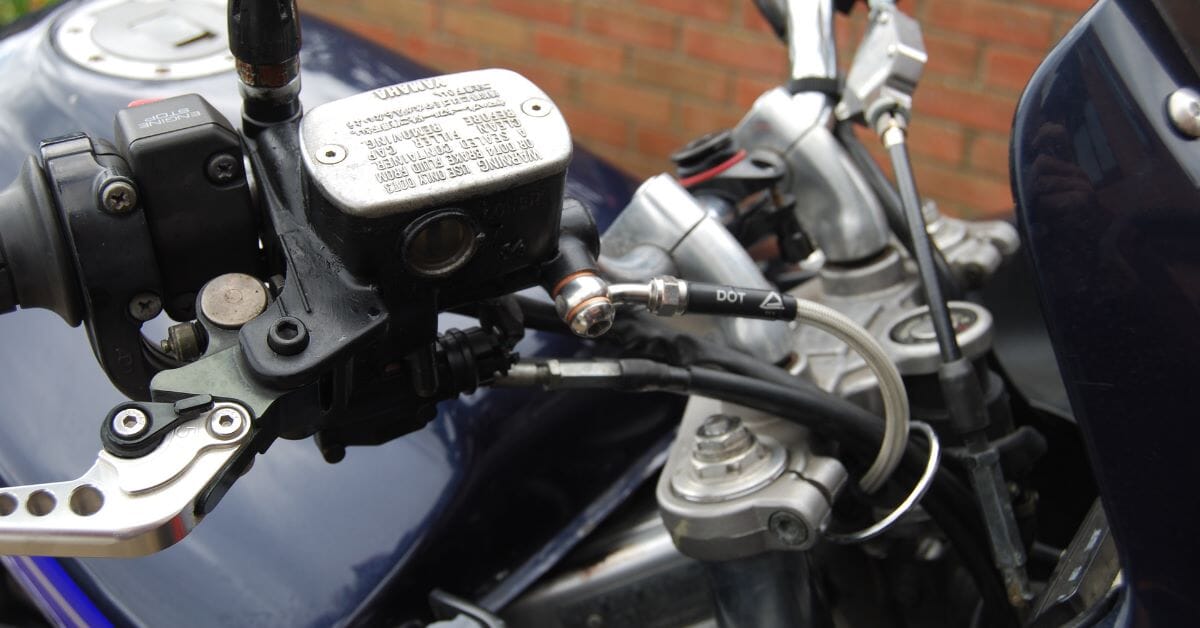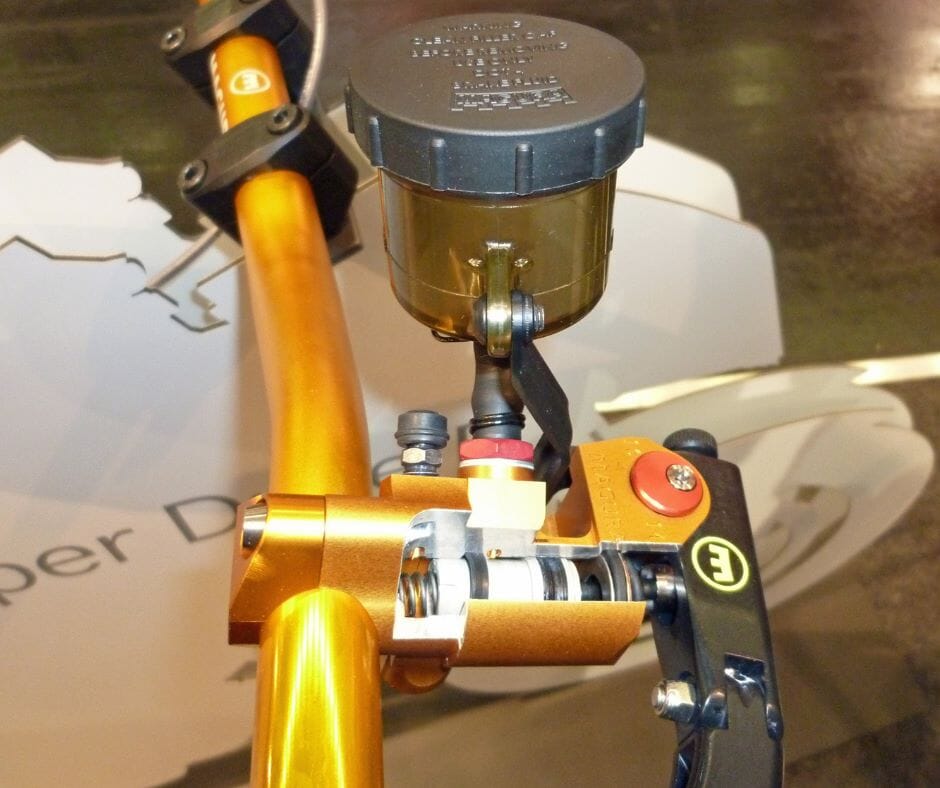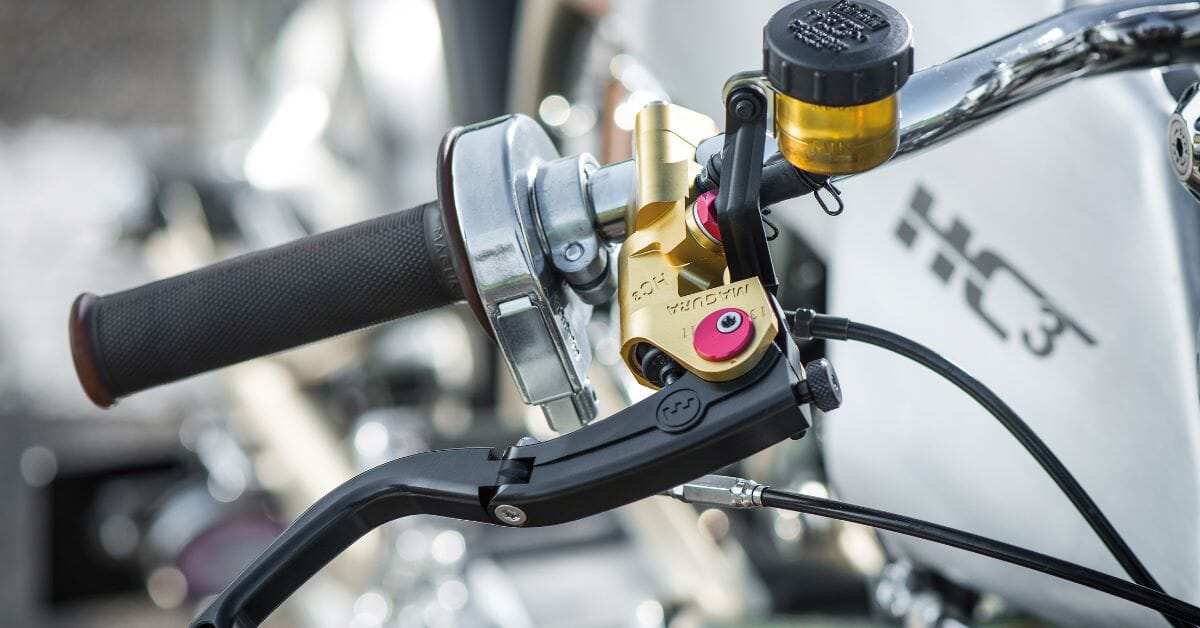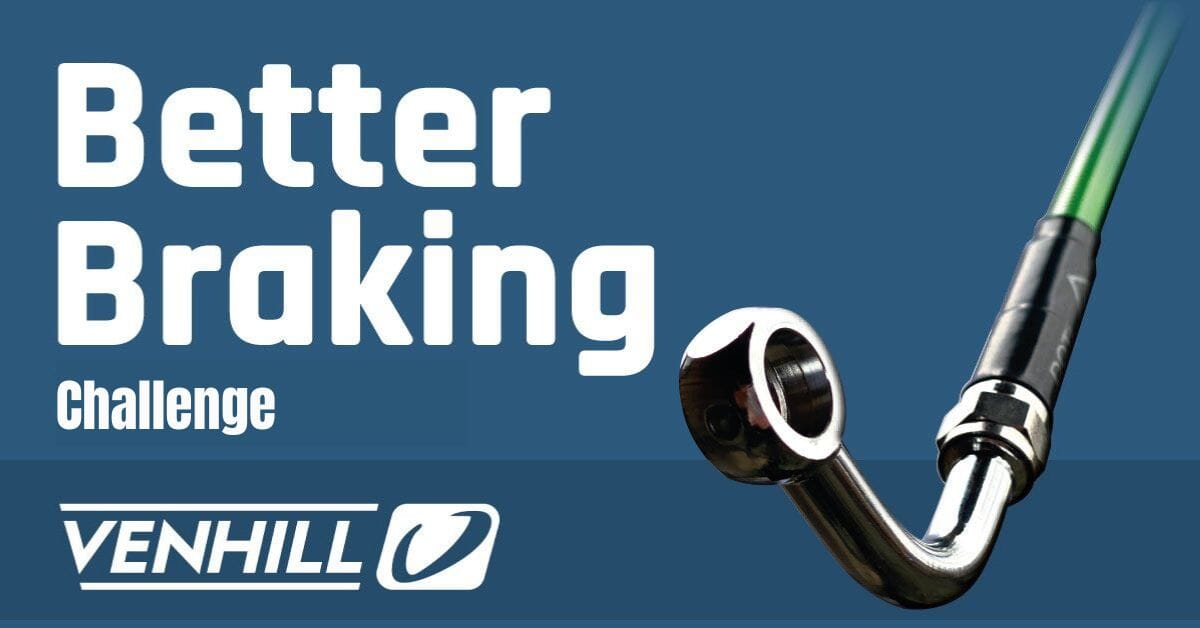What You Need to Know About Motorcycle Brake Master Cylinders

What is a brake master cylinder?
A brake master cylinder is usually a small cylindrical device attached to the motorcycle brake lever on the handlebars and/or on the frame next to the brake foot pedal.
A master cylinder is essentially the heart of a hydraulic braking system. Its job is to convert the mechanical force applied to the brake lever or pedal into hydraulic pressure, which is then transmitted to the brakes at each wheel, to slow down or stop the vehicle.
How does a brake master cylinder work?
Inside a master cylinder is a piston, behind a small reservoir of brake fluid. When the rider pulls the brake lever or presses the pedal, it forces the piston to move, exerting pressure on the brake fluid in the chamber.
As the fluid itself will not compress, that pressure is transferred through a network of brake lines and hoses to the brake calipers. When that pressure reaches the pistons inside the brake calliper, it pushes the pads against the brake disc (or brake shoes against the drum on older machines).
When the pedal or lever is released, a return spring inside the master cylinder retracts the pistons, relieving the pressure in the brake lines and allowing the brakes to disengage.
What’s the difference between axial and radial master cylinders?

In an axial master cylinder, the master cylinder's bore runs at a right angle to the direction in which the lever is pulled. A radial set-up (pictured) moves the piston parallel to the lever.
The key advantage of a radial design is that it requires less force for the same braking effect. It also improves rigidity in the mechanism, which is key to obtaining a consistent, crisp braking feel. Many riders say a radial master cylinder gives a more precise feel and more feedback.
What can go wrong with a master cylinder?
There’s not much to go wrong inside a brake master cylinder, but there are weak points - rubber seals and/or springs. Both of these can start to develop problems if the wrong fluid is used, or it isn’t changed regularly.
Using fluid of the wrong DoT rating can cause the brake system to overheat, which can be problematic for components like seals.
Brake fluid is also hygroscopic - it absorbs moisture. If left unchecked, this moisture can corrode the inside of the master cylinder - along with the rest of your brake system. Old fluid can also pick up debris from inside the system - like particles from damaged or degrading rubber brake hoses - which can also cause problems.
So, the best way to look after your brake cylinder is to first make sure you have the correct fluid grade in your system and change it regularly. Handily, we’ve also written blog pieces on what DoT ratings mean and how they matter and how and why to change brake fluid.
Getting the most out of your brake master cylinder
Often poor braking performance can be blamed on a faulty master cylinder, when the actual cause is more likely to be a failing or old brake hose or other component in the braking system.
For the brakes to work effectively, force must be transferred from the master cylinder to the callipers. This travels via the brake lines. If the brake lines expand, or leak, the brakes won’t function to their optimal performance.
Needless to say, brake lines therefore play a vital role in the overall braking system and the overall performance of the master cylinder.
Braided brake lines offer a better solution to cheaper rubber lines, as they reduce potential bulging or expansion and last longer.
Upgrading your motorcycle master cylinder
Venhill offers a number of high quality motorcycle master cylinder upgrade kits for both brake and clutch applications. Each kit is designed to improve the performance of an existing hydraulic braking or clutch system, or convert form a cable system to hydraulic- a popular upgrade for many riders.
If you’re looking to change your master cylinder or improve the overall braking performance of your bike, please get in touch with our expert team here at Venhill.




